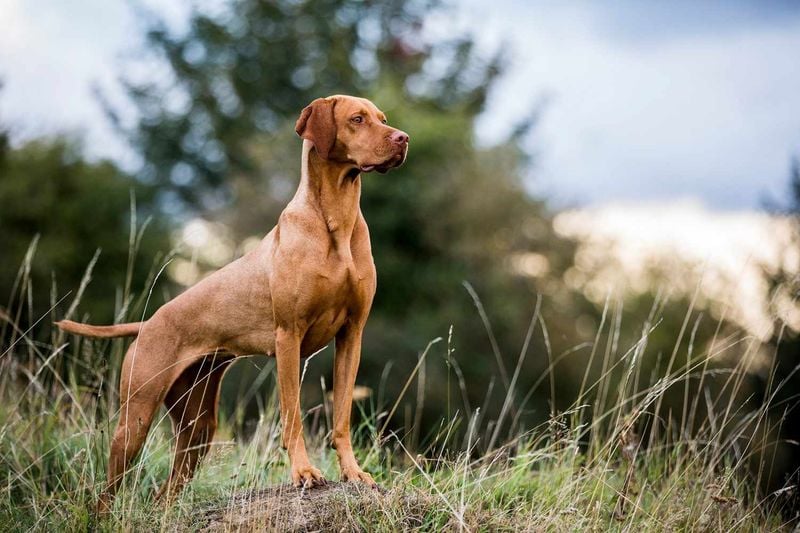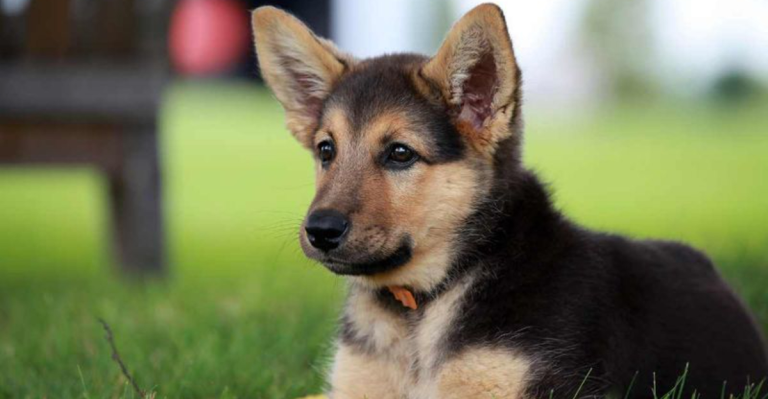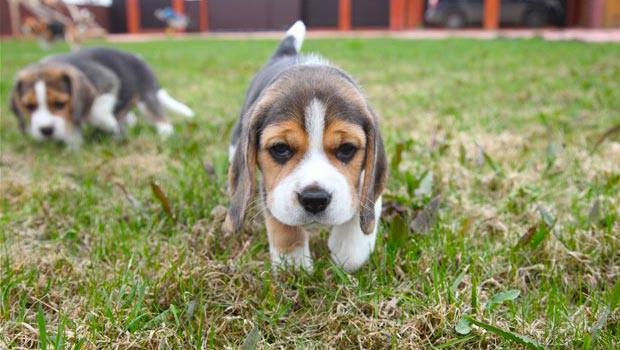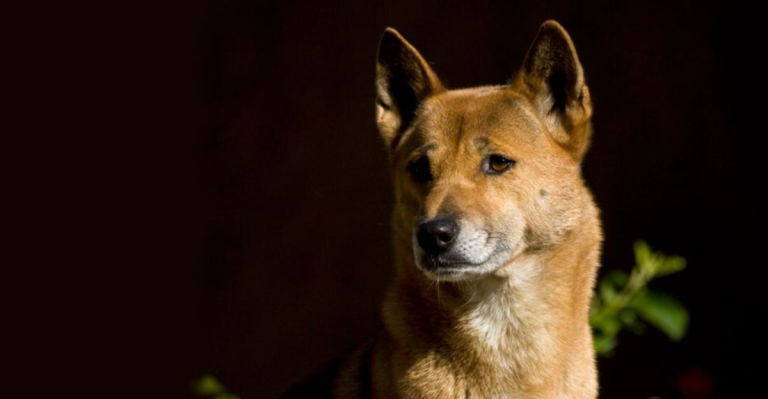11 Super-Smart Dog Breeds That Were Born to Hunt
Dogs have stood by our side for thousands of years—not just as loyal companions, but as fierce and intelligent hunting partners. Long before modern technology, humans relied on these four-legged allies to track game, flush out birds, retrieve waterfowl, and even help corner larger animals. What sets these dogs apart isn’t just muscle or speed—it’s brainpower.
These breeds have been honed over generations to develop sharp instincts, incredible focus, and a deep willingness to work with humans. Whether it’s following a scent trail through dense brush or diving into freezing waters to retrieve a duck, these dogs know exactly what to do—and they love doing it.
From high-energy pointers and retrievers to nose-driven hounds and versatile field dogs, the smartest hunting breeds are more than just skilled—they’re downright brilliant. And as a bonus, many of them are just as happy curling up on the couch as they are sprinting through the woods.
Here are 11 of the most intelligent hunting dog breeds—born to work, built to think, and always ready for action.
1. Border Collie: The Calculating Field Commander

Originally bred to herd sheep across the challenging border country between Scotland and England, Border Collies possess hunting intelligence that’s off the charts.
Their intense focus and ability to anticipate movement makes them excellent for flushing game birds or controlling other hunting dogs in the field. These black and white dynamos can learn commands after just a few repetitions and remember hundreds of words.
Their legendary work ethic means they’ll tirelessly track quarry across difficult terrain without complaint. A Border Collie’s hypnotic stare—called “the eye”—is actually a modified predatory behavior that helps them control livestock and can be redirected toward hunting tasks.
2. Labrador Retriever: The Enthusiastic Water Worker
Labs were developed in Newfoundland (not Labrador!) as water dogs for fishermen. Their waterproof double coat and webbed paws make them natural swimmers who excel at retrieving waterfowl in even the coldest conditions.
Famous for their soft mouths, Labs can carry game without damaging it—a critical skill for any hunting companion. Their extraordinary sense of smell lets them track fallen birds through dense cover or across water.
Beyond physical gifts, Labs bring boundless enthusiasm to hunting tasks. Their eagerness to please makes training straightforward, while their friendly temperament ensures they transition seamlessly between working in the field and relaxing at home.
3. German Shorthaired Pointer: The Versatile Athlete
Built for endurance and agility, German Shorthaired Pointers represent the ultimate all-purpose hunting dog. These spotted athletes can point, retrieve, and track across varied terrain—from dense forests to open fields and even into water.
Their short coat offers protection without overheating during intense hunting sessions. GSPs possess remarkable scenting abilities that allow them to detect game birds from impressive distances, then freeze in the classic pointer stance when prey is located.
Mental stamina matches their physical prowess, as these dogs can hunt methodically for hours. Their adaptability makes them equally skilled at hunting multiple types of game, from pheasants and quail to rabbits and deer.
4. Golden Retriever: The Gentle Field Partner
Beneath that flowing golden coat lies a hunting heritage specifically developed for retrieving waterfowl in the Scottish Highlands. Their water-repellent double coat protects them during cold water retrievals, while powerful muscles allow them to swim effectively even in challenging conditions.
Golden Retrievers combine excellent scenting abilities with exceptional memory—they can remember exactly where multiple birds have fallen and retrieve them in sequence. Their famously gentle mouths ensure game arrives undamaged. What truly sets Goldens apart is their trainability.
They process complex commands and adapt to different hunting scenarios with remarkable intelligence, all while maintaining the sunny disposition that makes them beloved family members when the hunting day ends.
5. Beagle: The Nose With Paws
Compact and determined, Beagles pack more scenting power into their small frames than almost any other breed. Their extraordinary noses contain approximately 220 million scent receptors (humans have just 5 million), allowing them to detect rabbit trails over a day old.
Developed to hunt in packs, Beagles communicate through distinctive vocalizations that helped hunters follow them before the days of radio collars. Their size is purposeful—small enough to pursue rabbits into tight spaces but sturdy enough for long hunting days.
Beagles combine their legendary scenting abilities with remarkable determination. Once on a trail, their single-minded focus makes them nearly impossible to distract, a trait that has made them successful hunting companions for centuries.
6. Weimaraner: The Gray Ghost of the Forest
Aristocratic in appearance and athletic in build, the silver-gray Weimaraner was developed by German nobility for hunting large game like deer, boar, and bear. Their seamless gray coat and striking amber eyes earned them the nickname “Gray Ghost” for their ability to move silently through forests.
Weimaraners combine exceptional speed and endurance with razor-sharp focus. They can maintain a trot for hours while tracking game through challenging terrain, then burst into high-speed pursuit when necessary.
Beyond physical abilities, Weims bring problem-solving intelligence to hunting scenarios. They can adapt tactics based on the quarry and conditions, making independent decisions when separated from handlers—a valuable trait when pursuing unpredictable game like wild boar.
7. Vizsla: The Velcro Hunting Machine
Rusty-gold and lean as greyhounds, Hungarian Vizslas represent one of the oldest pointing breeds in Europe. These aristocratic hunters combine speed and agility with exceptional stamina, capable of working tirelessly in field and forest from sunrise to sunset.
Vizslas excel at both pointing and retrieving, making them versatile hunting partners. Their short coat reflects their origins hunting on the Hungarian plains, where a sleek profile prevented burrs and allowed quick movement through brush.
Known as “velcro dogs” for their close attachment to humans, Vizslas bring unusual sensitivity to the hunting partnership. This emotional intelligence translates into remarkable responsiveness in the field, as they stay naturally connected to their handlers without constant commands.
8. Standard Poodle: The Sophisticated Retriever
Forget the fancy haircuts—Standard Poodles were originally bred as serious water retrievers in Germany. Their curly, water-resistant coat protected vital organs in cold water, while their athletic build and webbed feet made them powerful swimmers.
The distinctive “continental clip” seen in show rings actually had hunting origins—hair was left on the chest to protect the heart and lungs in cold water, while other areas were shaved for freedom of movement. Even their topknots served a purpose, helping hunters spot them in tall marsh grasses.
Beneath those elegant looks lies a brilliant hunting mind. Poodles rank among the most intelligent dog breeds, capable of solving complex retrieval problems and remembering multiple commands—skills that made them prized hunting companions for European nobility.
9. English Springer Spaniel: The Tireless Game Finder
Bred specifically to “spring” game birds from cover, English Springer Spaniels combine boundless energy with methodical hunting patterns. Their medium-length coat provides protection in dense underbrush while their compact, muscular build allows them to power through challenging terrain all day.
Springers possess exceptional scenting abilities, using their noses to locate birds that other dogs might miss. Their characteristic hunting style involves quartering—moving back and forth across a field in a zigzag pattern to cover maximum ground efficiently. What truly distinguishes Springers is their versatility.
They excel at flushing, pointing, and retrieving, making them complete hunting companions. Their expressive eyes reflect remarkable intelligence, allowing them to read their handler’s intentions and adapt to changing hunting situations instantly.
10. Australian Cattle Dog: The Rugged Outback Hunter
Forged in the harsh Australian outback, these blue or red speckled dogs bring tenacity and intelligence to hunting wild boar and other game. Their compact, powerful build combines with exceptional agility and heat tolerance—crucial traits when pursuing feral pigs across vast distances.
Australian Cattle Dogs possess natural herding abilities that transfer remarkably well to hunting scenarios. They instinctively control the movement of game, keeping it contained until the hunter can move into position. Perhaps their most remarkable quality is sheer grit.
These dogs simply don’t quit, even in challenging conditions that would exhaust other breeds. Their problem-solving intelligence allows them to adapt tactics when pursuing clever prey like wild boar, making them invaluable hunting partners in rugged terrain.
11. Brittany Spaniel: The Compact Bird-Finding Expert
Orange and white bundles of perpetual motion, Brittanys combine the best qualities of pointers and spaniels in a medium-sized package. Developed in the Brittany region of France, these dogs naturally point and retrieve with minimal training—a rare combination of inborn talents.
Brittanys cover ground with a distinctive light-footed gait that allows them to hunt tirelessly without depleting energy reserves. Their moderate size lets them maneuver through dense cover that might stop larger pointing breeds.
Extraordinary scenting abilities paired with lightning-quick reflexes make Brittanys exceptional at locating and pointing birds, then freezing in place until the hunter arrives. Their enthusiastic retrieving drive completes the package, making them true all-around bird dogs that excel in everything from grouse woods to open pheasant fields.
















